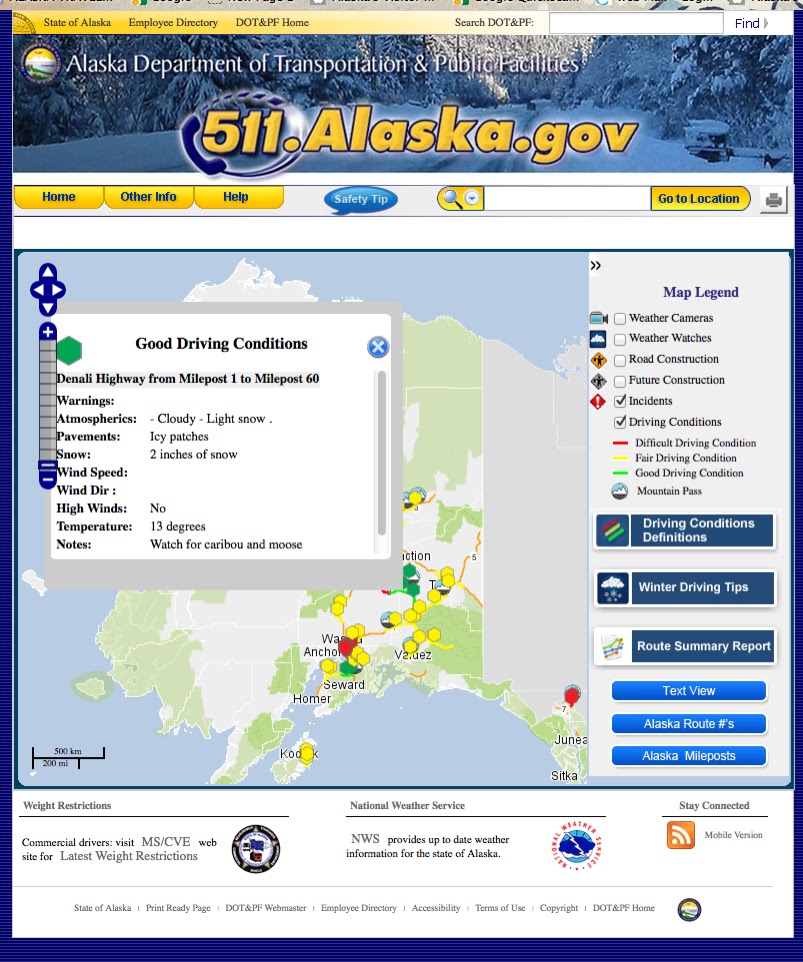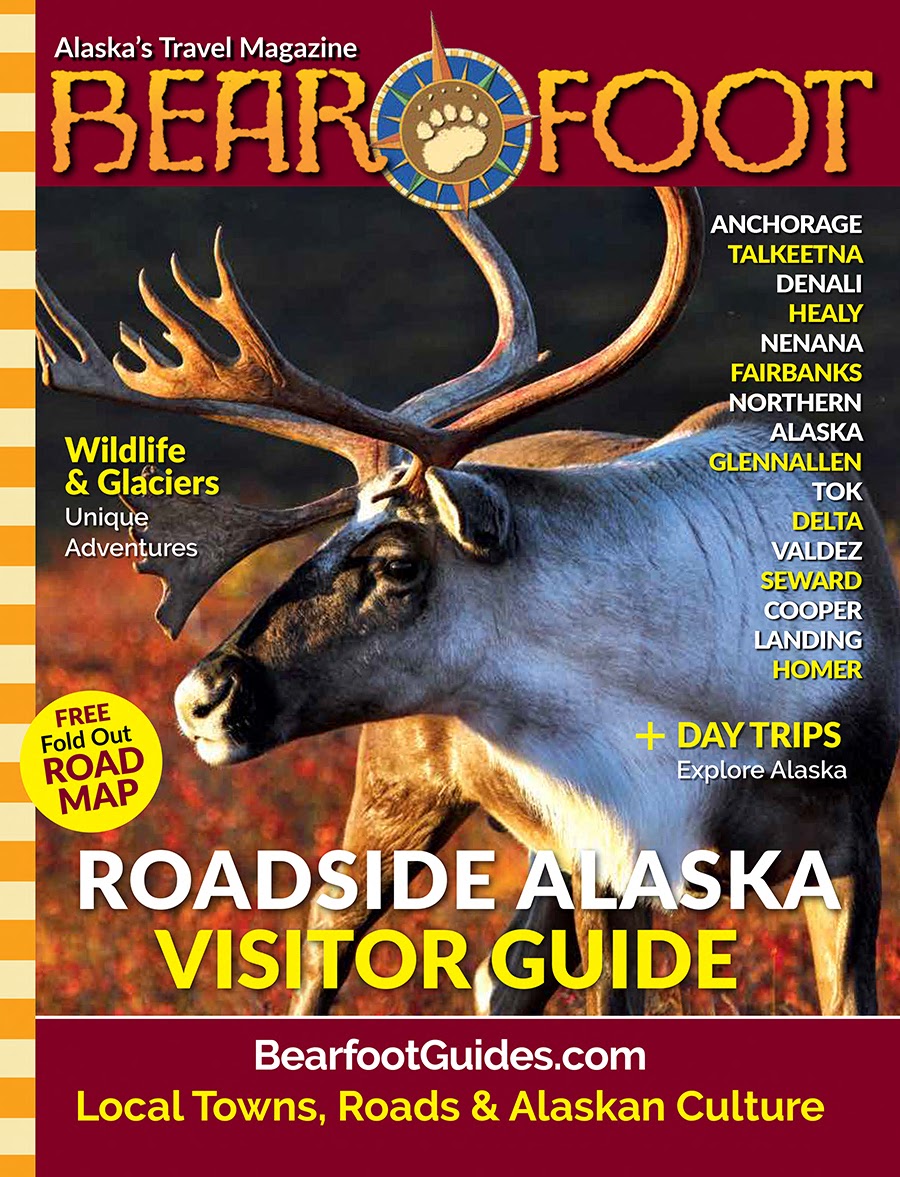Permafrost Damage Is Expected To Cost Billions Of Dollars
Cost estimates rising for permafrost-related damage to Alaska roads and buildings Better knowledge and mapping of existing infrastructure ...
Cost estimates rising for permafrost-related damage to Alaska roads and buildings
Better knowledge and mapping of existing infrastructure is leading to a new estimate of future thaw costs under varying climate scenarios
Permafrost thaw is expected to impose costs of $37 billion to $51 billion to Alaska roads and buildings through the middle of the century, according to a newly published study.
The calculated toll, detailed in a study published in the journal Nature Communications Earth and Environment, is higher than previous estimates of thaw costs to Alaska permafrost. That is because of a more complete inventory of roads, buildings and structures like storage tanks, made possible by improved satellite imagery and other technology, said lead author Elias Manos of the University of Connecticut.
Past studies have estimated several billion dollars in estimated costs. A 2023 study of thaw damages to infrastructure across the Arctic, for example, estimated costs to Alaska transportation facilities at between $14 billion and $24.5 billion by midcentury, with another $3 billion in costs from damages expected to buildings.
As information about existing infrastructure increases, estimates of costs are likely to do so as well, said Manos, who is pursuing the research as he works toward a doctoral degree. Better permafrost modeling could also help refine cost estimates, he said.
An important aspect of the study is that thaw damages analyzed are already ongoing, Manos said.
This number is what has already occurred or what is occurring in the moment, as opposed to what’s happening or going to happen the future,” he said.
The study compares expected costs under two climate scenarios, one with lower carbon emissions that eventually level off, creating less dramatic global warming, and the other with carbon emissions continuing at about their current rate, resulting in higher levels of warming.
It also compares effects in different parts of the state.
Measured by dollars, the Fairbanks North Star Borough stands to bear the highest costs, at over $7.4 billion for buildings and over $6 billion for roads through the 2060s, under the higher warming scenario. That reflects the concentration of infrastructure in that relatively high-population area, Manos said.
Measured per capita in the higher-warming scenario, the Yukon-Koyukuk Census Area has the highest anticipated costs of permafrost-thaw damages to buildings and houses, the study found.
Even a more southern part of the state, where permafrost exists only in sporadic pockets, is vulnerable to damages, the study found. The Matanuska-Susitna Borough expected to have approximately $1 billion in permafrost-related costs through the 2060s, almost entirely from damage to roads, according to the study.
While enhanced information about infrastructure has enabled a more refined estimate for thaw-related costs, the infrastructure tally in the new study is incomplete.
It does not include the North Slope oil fields, oil pipelines, the Red Dog Mine or other large industrial sites. Manos said he has analyzed those and plans to include them in future studies. This study is more focused on communities “where people actually live,” he said.
Those communities are also where much of the cost of permafrost thaw is borne, sometimes without much assistance, said study co-author Anna Liljedahl of the Massachusetts-based Woodwell Climate Research Center.
Homeowners can buy flood insurance, and the Federal Emergency Management Agency provides aid to cover damage caused by various weather and climate events, Liljedahl noted. “But when it comes to permafrost, it’s not part of the language at the federal level,” she said.
The federal Stafford Act, under which FEMA provides disaster aid, addresses acute events like storms, not ongoing and more gradual events like permafrost thaw.
Thaw can be expensive to homeowners, nonetheless, she said. She cited cases in Fairbanks where people bought property without understanding the permafrost below. “Suddenly, there are sinkholes appearing, and their foundation is sinking in,” she said.
The analysis of thaw-related costs to infrastructure is continuing.
The Alaska-focused study is part of a more comprehensive circumpolar mapping project by Manos that also includes Canada and Russia.
Up to now, lack of data about infrastructure has posed a challenge, especially in Russia, he said. That is why satellite imagery is valuable.
“That’s kind of the beauty of satellite-based Earth observation, or as people call it, remote sensing,” he said. There is now commercial satellite imagery spanning the Arctic, he added.















